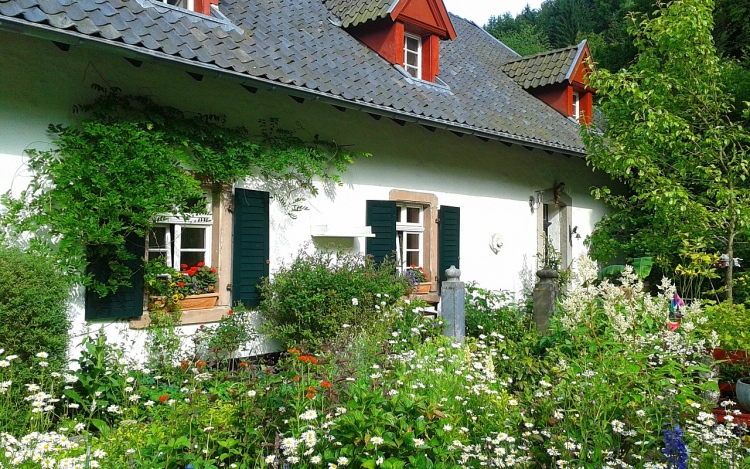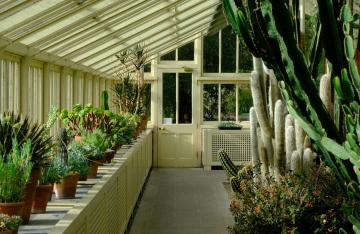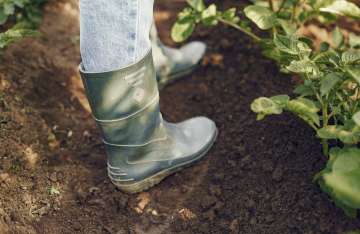If space is a quantity you don’t have much of, then you’ll be glad to hear that you can create a cottage garden on a city balcony or patio. So what plants do you need? Read on to find out what they are but aside from those listed herein, you can pretty much grow anything else as long as you feed and water the plants throughout the summer and spring.
A few varieties you could try out include:
• Allium schoenoprasum
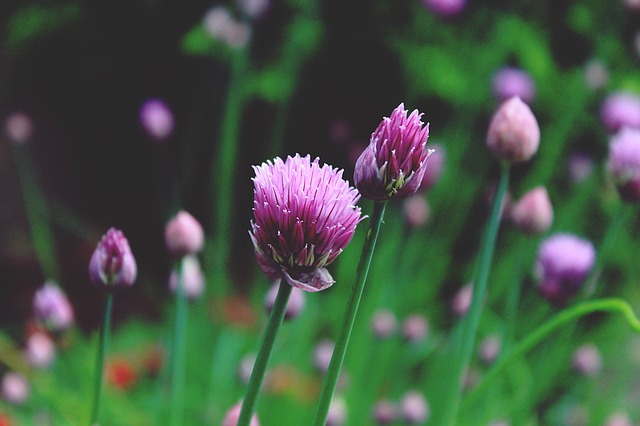
• Phlox paniculata ‘Fujiyama’
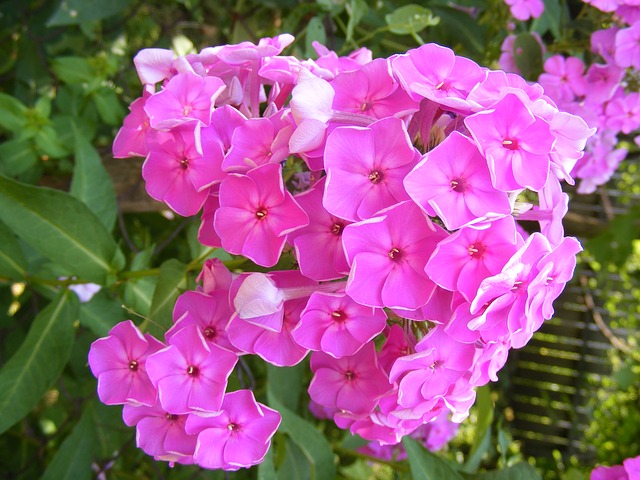
• Lupin- Lupinus- ‘The Chatelaine’

• Cosmos ‘Sensation’
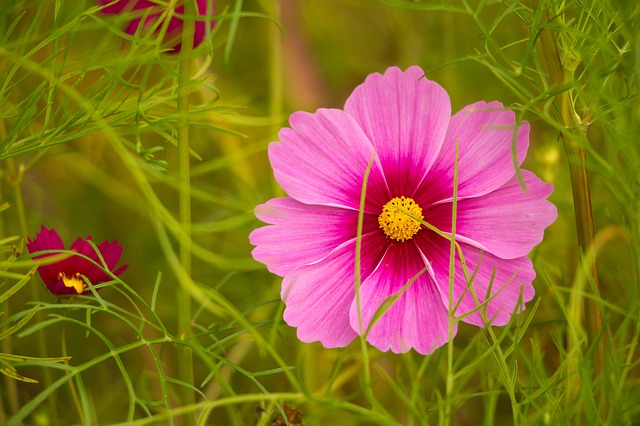
• Adriatic bellflower- Campanula garganica
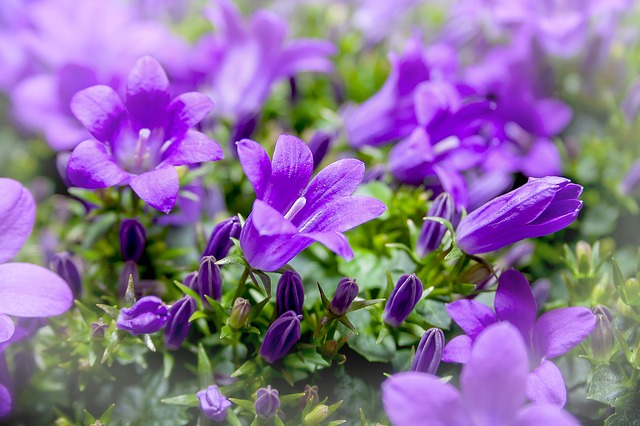
• Hollyhock- Alcea ROSEA – ‘Nigra’
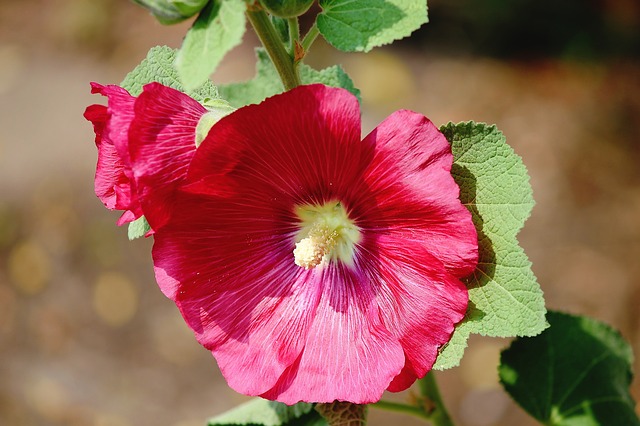
• Geranium pretense
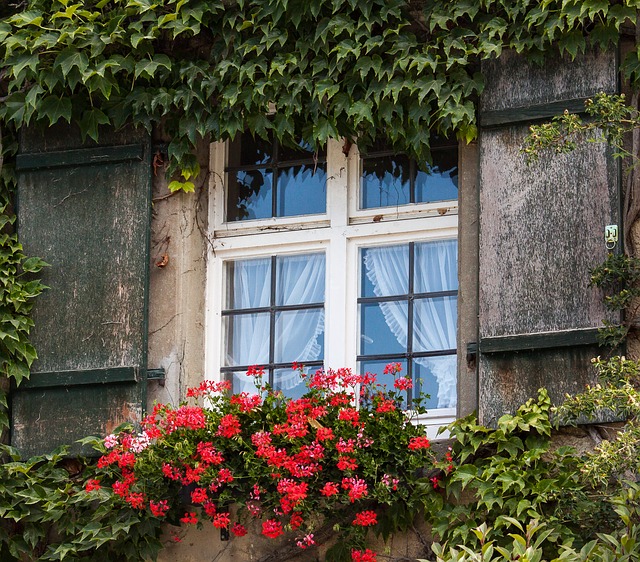
• Catmint- Nepeta nervosa
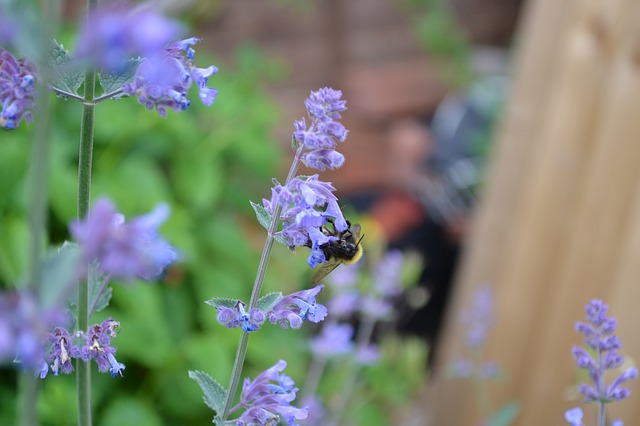
• Lavandula angustifolia- English lavender
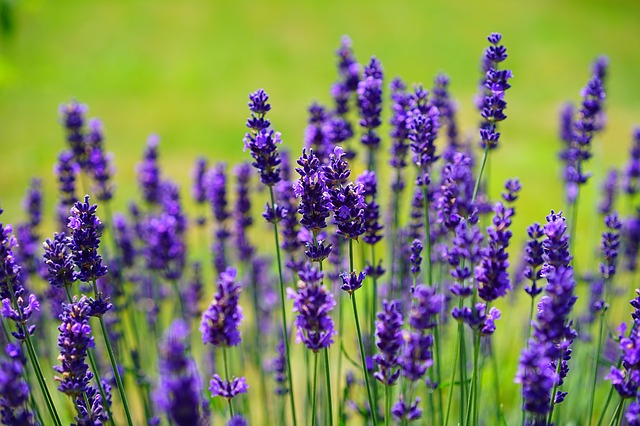
How to go about it
It fairly easy to create a cottage garden patio and here are eight steps showing you exactly how to do just that:
1) Choose suitable containers
Wooden containers make excellent vessels but basically anything with rusty aesthetics gives off a nice authentic aura. Since we are going for that informal style, do not be afraid to mix it up a bit by using unusual items as pots like a pair of old Wellington boots for instance.
2) Select the right compost for you preferred plants
It’s dealer’s choice when it comes to compost for annual varieties as these practically thrive in any kind. For fruit, perennials and permanent plants like shrubs and trees, it’s best to stick with the John Innes No 3 or use a multi-purpose type fused with the latter.
3) Don’t forget to add some drainage holes
This is important to prevent waterlogging and remember to cover the drainage holes with a tile or a big stone. An old terracotta pot also does the trick.
4) Adding the compost
Add the compost into the container keeping in mind that you need to leave some allowance at the top for root growth. As a general rule of thumb as to how much space to leave on the upside, ensure the root balls are right underneath the rim level.
5) Plant selection
The large plants go first with the smaller species complimenting any remaining space around the former. For bedding and annual varieties, crowd them together to attain that luxurious vibrant appeal. You can also throw in a few bulbs for finesse. Once the plants are in place, fill the container with compost and then feel to see if they’re firm enough after a slight tug.
6) Water
Now you need to help your plants on their way through a good watering. Don’t forget to water the perimeter evenly and not too much to create unsightly puddles around the root.
7) Monitoring
Now all that’s left is to monitor the progress of your plants so be sure to check on them regularly. Pay particularly keen attention during the warm, dry seasons of the year and don’t forget to water when necessary.
8) Weed out the nonperformers
Remove those aging plants whose best days are behind them so as to make room for new rigorous buds with better flowering to take their place.
And that’s how you create a gorgeous cottage garden with the limited space you have. If space is not an issue, be sure to incorporate as many large and colorful varieties as you can and also add some structure.

